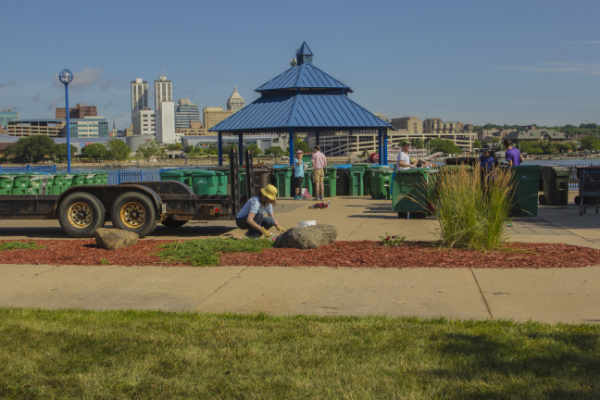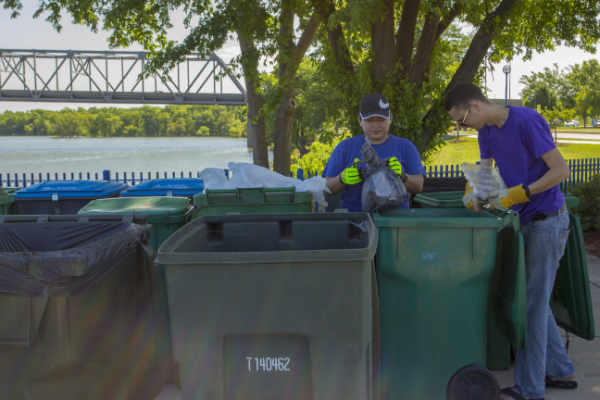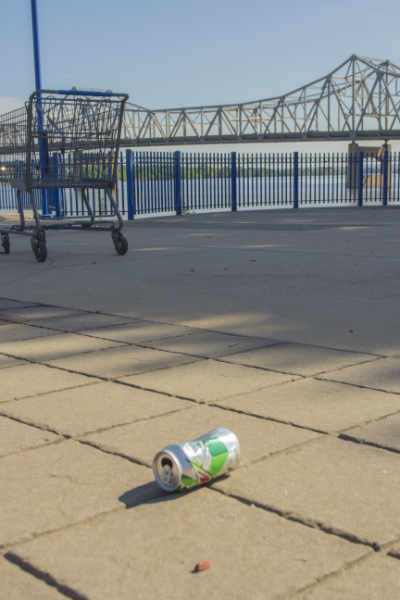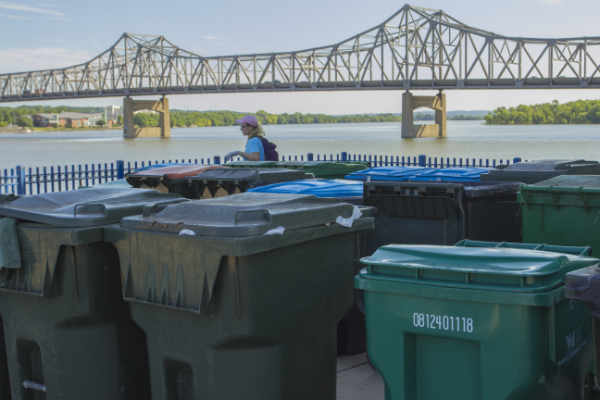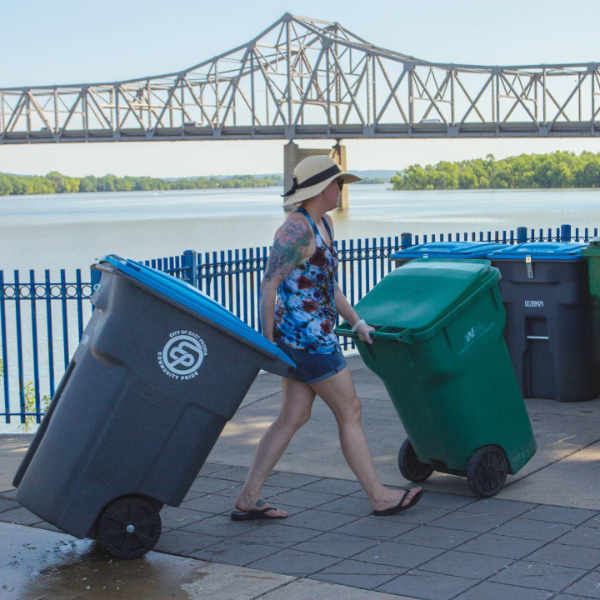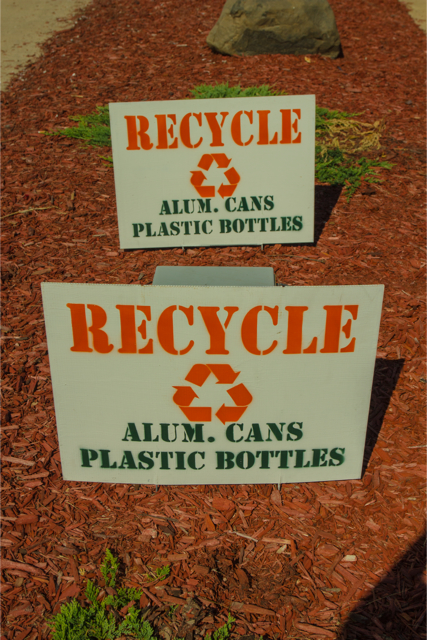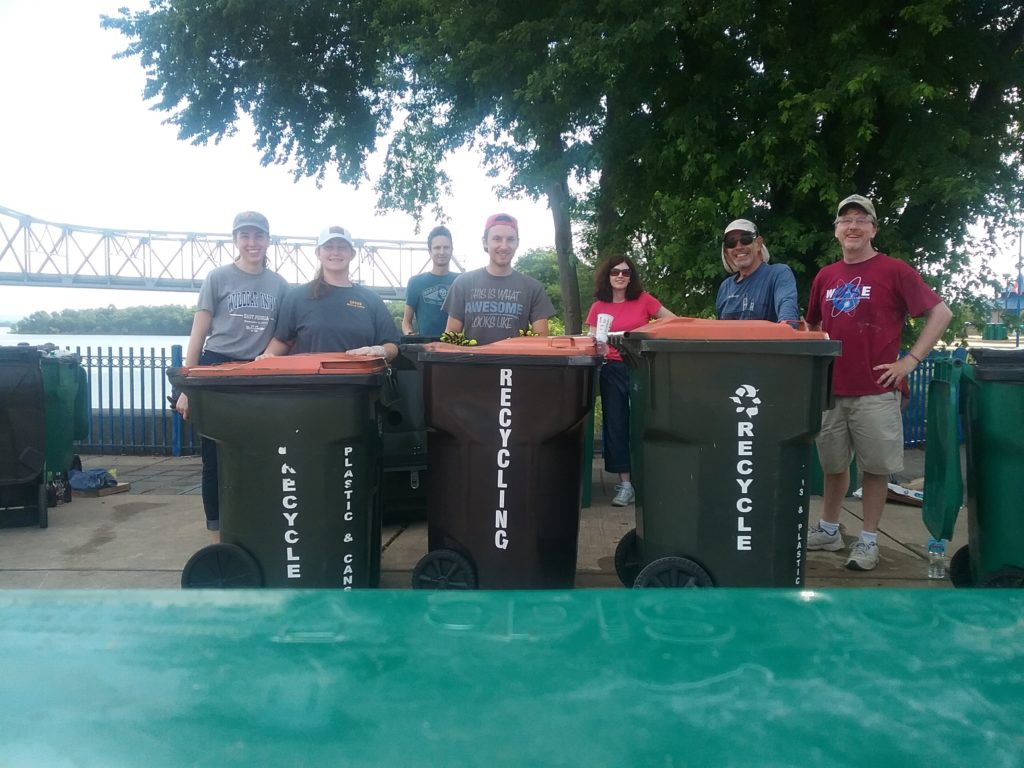From the Spring 2018 issue of the CUB newsletter.
Energy efficiency is key to keeping your power bills under control: The cheapest kilowatt-hour is the one you don’t use.
You can save hundreds of dollars a year taking simple actions like recycling your old refrigerator or insulating your attic – and on top of that, the utilities offer incentives to increase your energy efficiency.
Set the Thermostat at 78 degrees when you’re at home in the summer.
The biggest contributor to high power bills in the summer is the air conditioner. You can lower your air conditioning costs by up to 14 percent by raising the thermostat just two degrees and using a ceiling fan.
Turn the AC off: It’s a myth that if you go out for part of the day it’s better to keep your air conditioner running because when you get home it won’t have to work harder to cool a warm house. Even for a quick errand like a trip to the grocery store, you will save energy by turning off the AC when you leave the house.
By the same token, don’t crank your air conditioner to 50 degrees to cool the house more quickly. The truth is your system will deliver cool air at the same rate, no matter the temperature you set on your thermostat. (The exception is a room air conditioner that uses a “low, medium and high” setting instead of a thermostat.)
Turn the fan off when you leave the room – fans cool people, not spaces.
Remember, a smart thermostat can be a big help in setting the right temp.
Upgrade your appliances: Look for models that use less electricity and generate less heat. Replacing a 10-year-old AC unit with a newer unit will result in at least a 15 percent gain in efficiency, and up to 50 percent if you choose a model with the Energy Star label.
Ditch your old, hot incandescent light bulbs for CFL or LED bulbs.
Maintain your AC unit: Clean the filters every three months. A dirty filter will slow air flow and decrease efficiency by as much as 30 percent.
Get a yearly inspection from a heating, ventilation and air conditioning (HVAC) specialist. Putting off routine maintenance can cost you more later if the whole system breaks down.
Warning: Don’t assume you have to sign up for a maintenance plan, which costs $8.95 to 15.95 per month. If you really think you need one, first check to see if your AC unit comes with a warranty that covers maintenance.
Turn off your power strips when you’re not using the devices plugged into them.
Don’t make the AC work too hard: Reduce the space that needs to be cooled by closing doors to rooms that you don’t use as often. Close blinds or shades during the day, when the sun is beating onto your home.
Check windows, doors and floors for hidden gaps and cracks. They can bring in as much hot air as an open window.
Lower the temperature setting on your water heater to 120 degrees.
Ensure cool air can’t escape by sealing leaks with a caulking gun or weather-stripping tool and filling holes where electrical wires and plumbing pipes enter the home.
Adding insulation to your attic can help maintain indoor temperatures and make a difference on your attic floor: If the insulation is even with or below the attic floor joists, it’s time to add more.
Wash only full loads of dishes and clothes, and consider air drying them.
Ventilate your home: Fans consume much less electricity than a traditional cooling unit and will allow you to raise your thermostat by a few degrees without impacting your comfort. During summer, run ceiling fans counter-clockwise to create a gentle downdraft.
Take advantage of any wind and open windows to create a cross breeze, especially in morning and evening when it’s cooler.
Move hot items, such as lamps and TVs, away from the thermostat.
Reduce heat-producing activities: Unplug appliances and use a smart power strip to help power down electronics when not in use.
Delay heat-producing tasks, such as dishwashing, baking, or doing laundry, until the cooler evening hours or early morning.
Use your bathroom’s fan to remove heat and moisture when bathing and use an exhaust fan while you cook – this will help remove heat and humidity.
When you can , use a microwave or grill outside instead of using the oven. Ovens make your house warmer while grilling helps you cut costs and spend time outdoors.


